Gallery: Webb Telescope, Observing the Universe
Apurva Mahajan June 02, 2023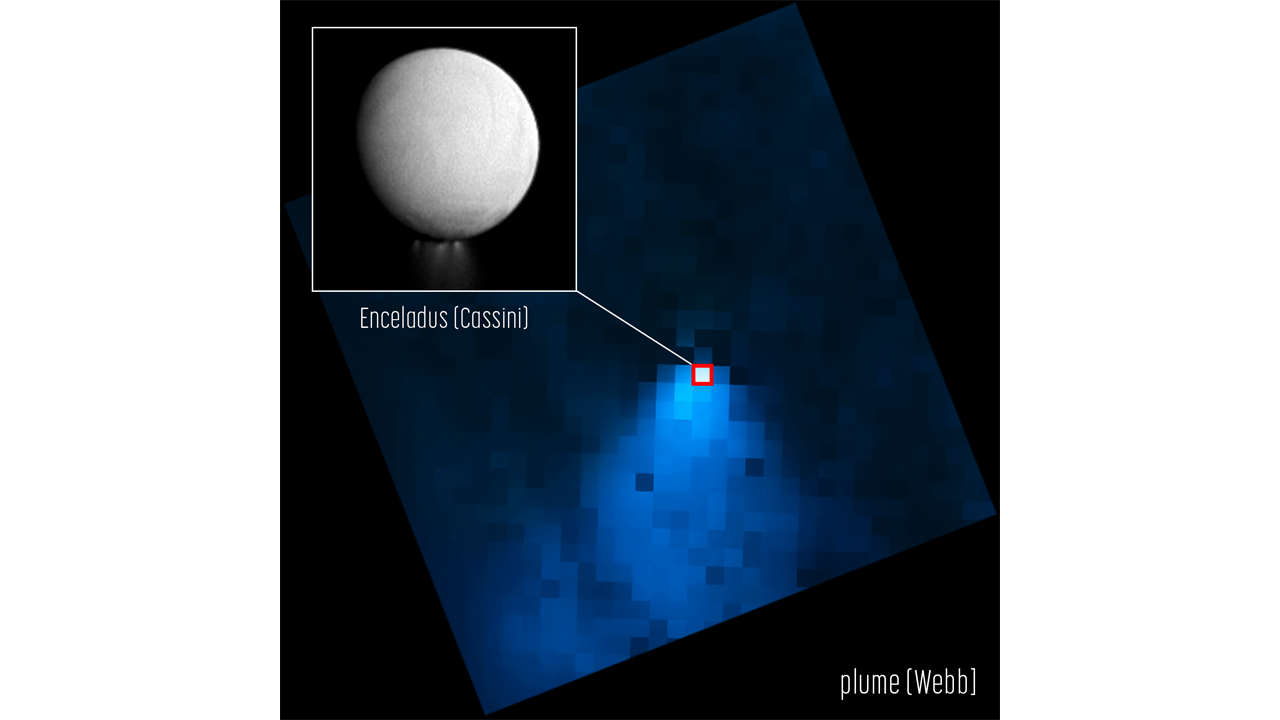
Enceladus Plume
This image -- released May 30 and taken by the James Webb Space Telescope’s Near-Infrared Spectrograph, NIRSpec and NASA’s Cassini orbiter -- details a water vapor plume jetting out from Saturn's moon Enceladus. Enceladus is about four percent of Earth’s size, with a global reservoir of salty water below the moon’s outer crust. The plume spans more than 6,000 miles and is about 20 times the size of Enceladus, which is appears as a small dot on the NIRSpec image. Thirty percent of the water in the plume stays within a donut-shaped torus surrounding Saturn, while the other 70 percent supplies the rest of the Saturnian system with water by escaping the torus.
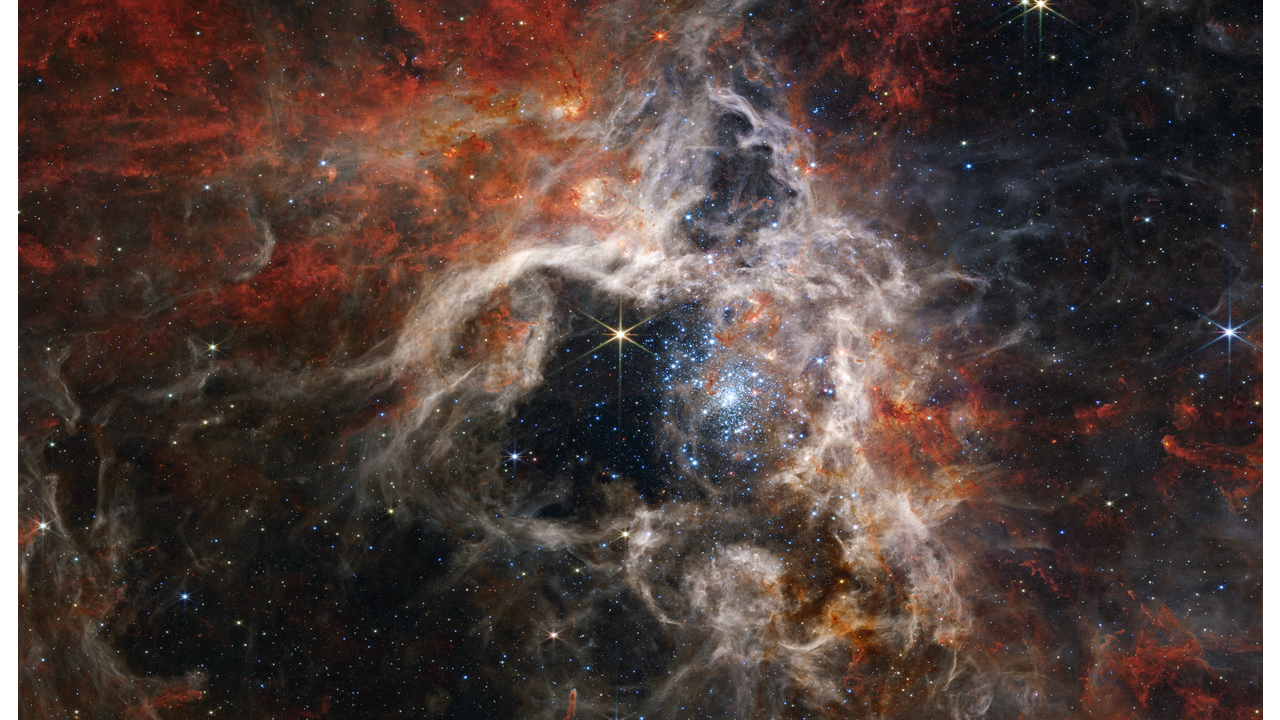
Tarantula Nebula
This NIRCam mosaic shows the Tarantula Nebula and displays thousands of young stars in the center of the image made visible through the dense dust because of the near-infrared wavelengths used to take the image. At the edge of the image, cooler, rust-colored gas is material that will create new stars.
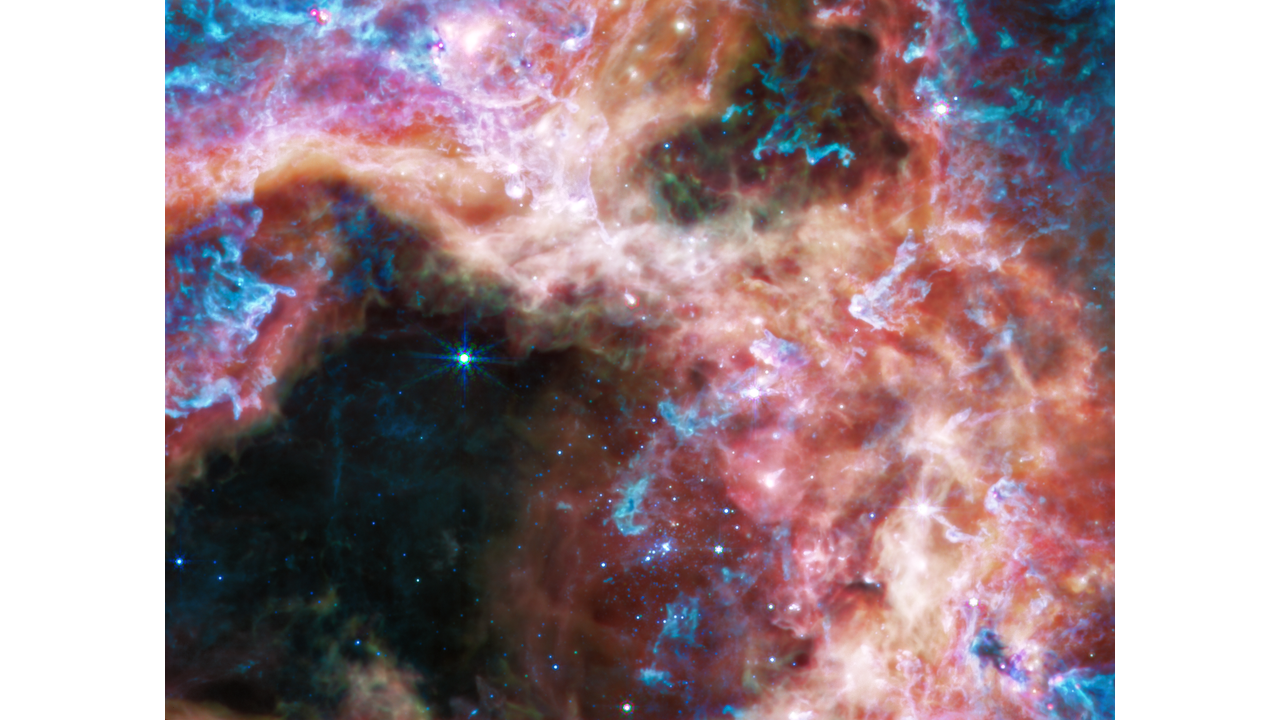
Tarantula Nebula
This MIRI image reveals a completely different view of the Tarantula Nebula compared with the NIRCam image. Instead of seeing the cluster of new stars, MIRI captures the activity happening inside the clouds of gas and dust, revealing an abundance of hydrocarbons shown in blue and purple, as well as protostars that are still embedded.
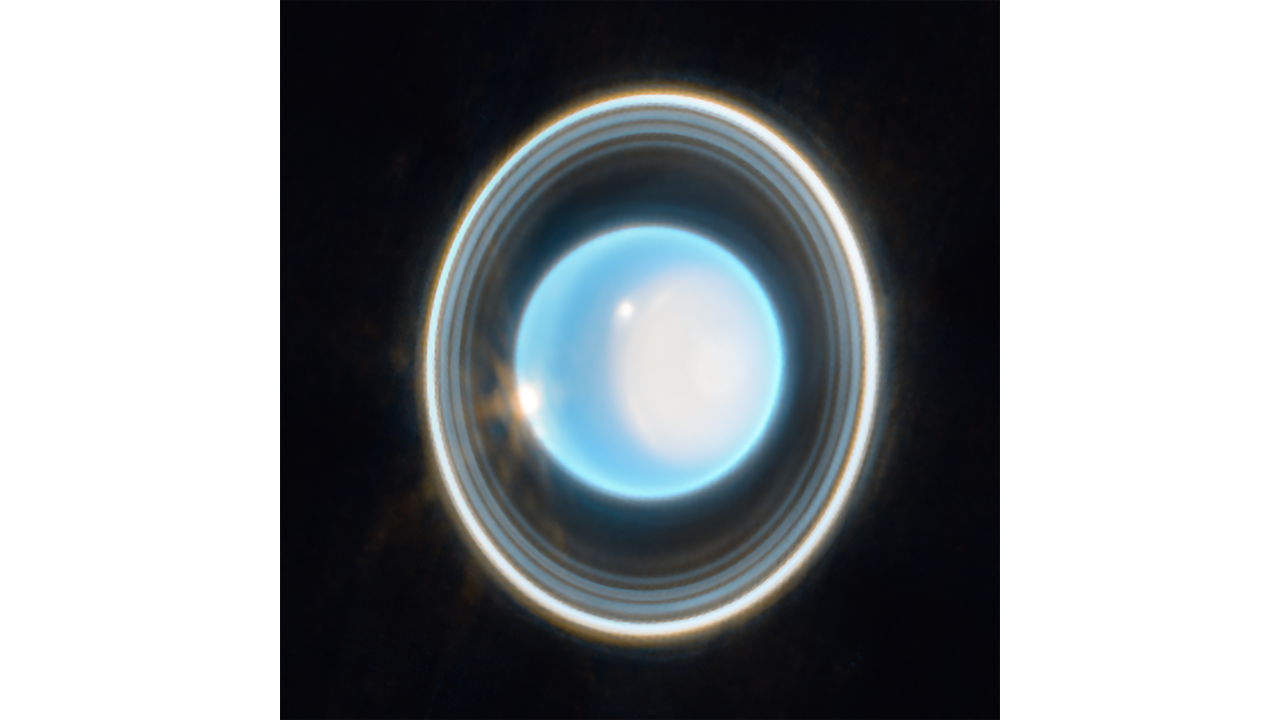
Uranus
This image of Uranus displays the planet’s blue color and its surrounding, multiple rings. Since Uranus is the only planet in the solar system that is tilted on its side, its unique polar cap can be seen on the right side of the planet. Data from two filters were combined to create this representative-color image that shows up as blue and orange.
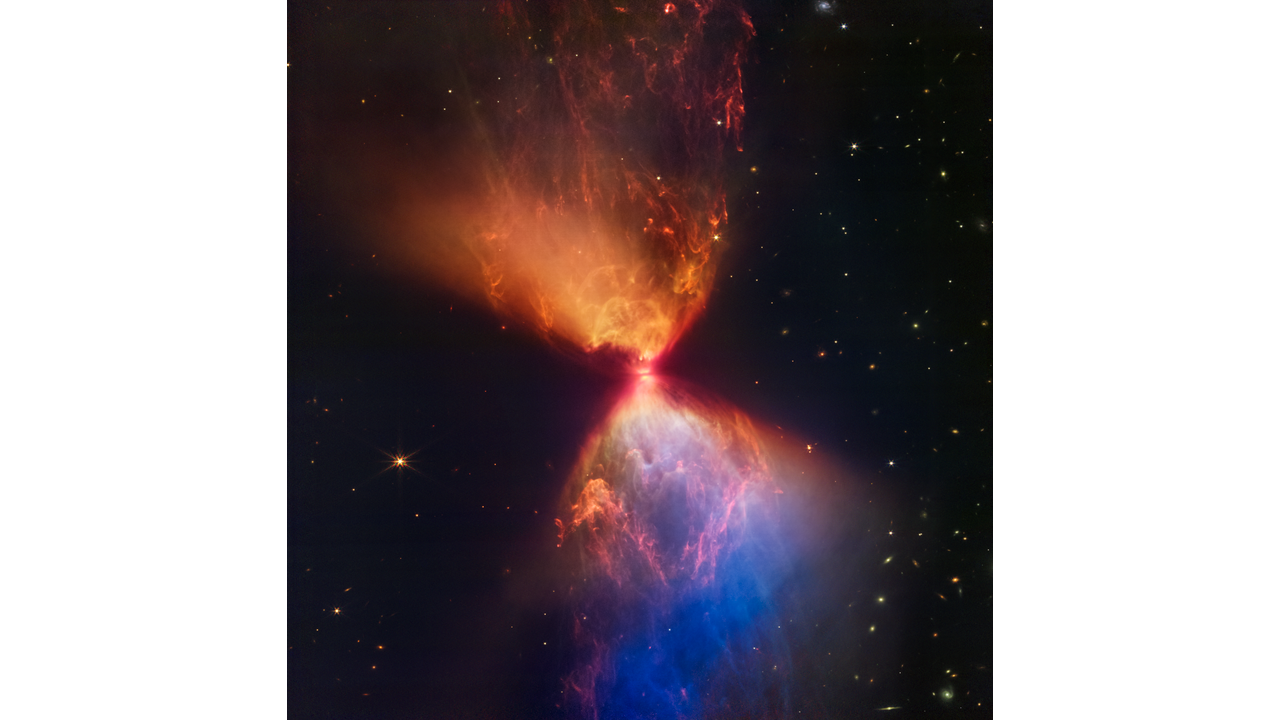
L1527 and Protostar
Within the dark molecular cloud L1527 lies a protostar, a very young star that is still in the earliest stage of formation, embedded within a cloud of material that feeds its growth. This image taken by NIRCam highlights the blue and orange ejections from the protostar that create cavities beneath and above it. As the star gathers more mass, its core compresses and becomes more stable, which can be seen here as the dense gas and dust falls into the center and creates a disk that feeds the star. Eventually, when the star gains enough mass and compresses even more, the core’s temperature will rise to the threshold needed for nuclear fusion.
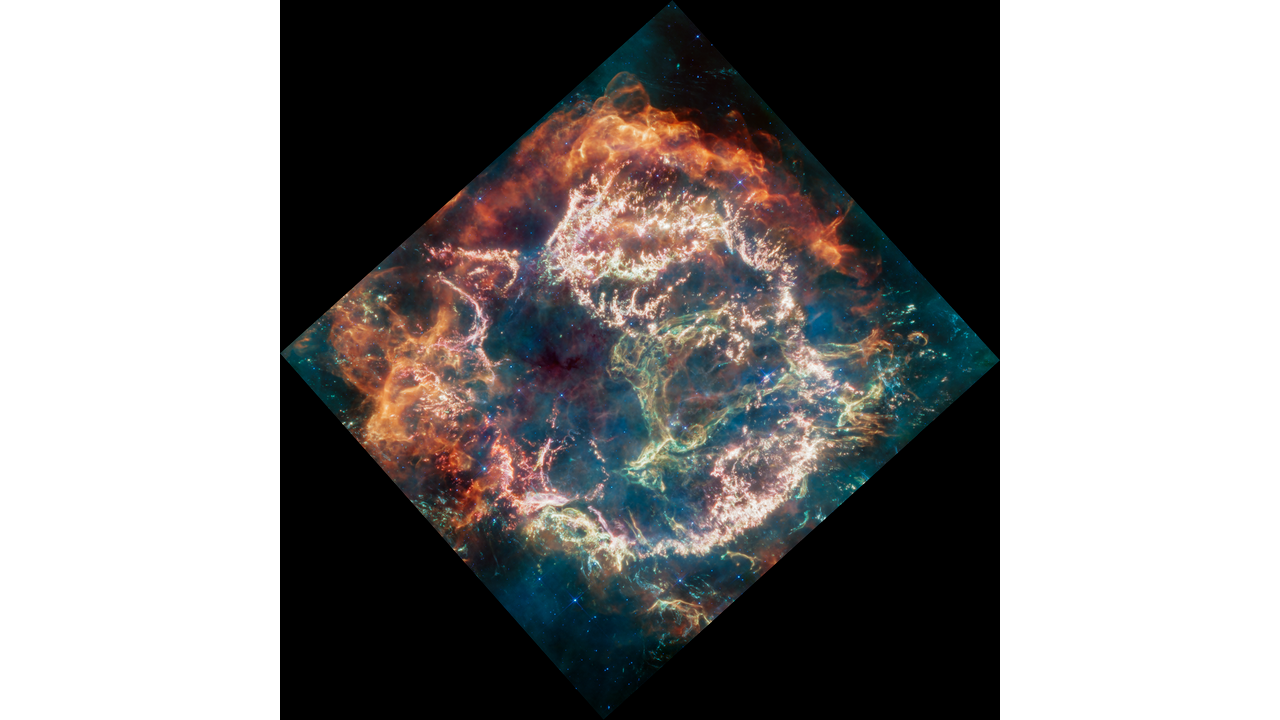
Cassiopeia A
Data from various filters from MIRI were combined to create this image of Cassiopeia A, a supernova remnant located in the constellation Cassiopeia about 11,000 light-years away. The remnant’s exterior contains orange and red materials from the emission of warm dust where ejected material from the supernova hits the surrounding material. The shiny bright pink denotes stellar material, while the shape and complexity of the green in the central cavity of the remnant is challenging for scientists to understand.
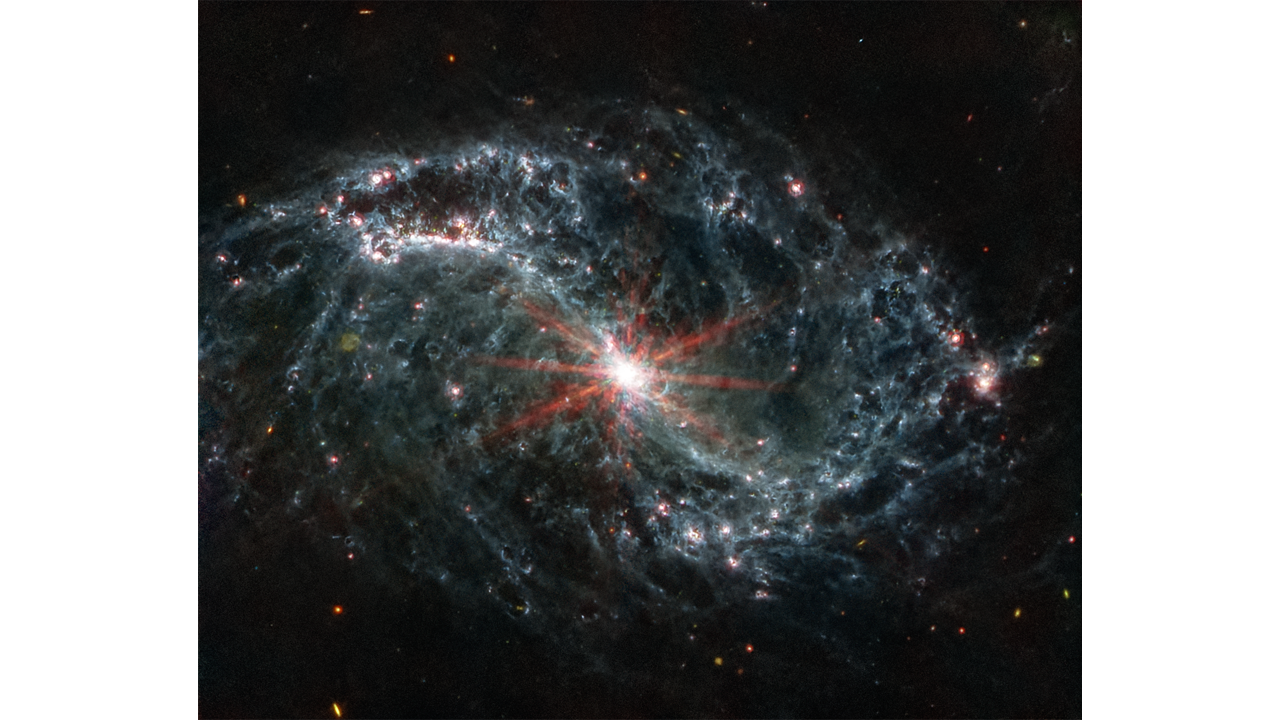
NGC 7496
Before Webb’s high-resolution images at infrared wavelengths could be taken, stars in their early stages in galaxies such as NGC 7496 were obscured by the dense gas and dust surrounding them. This MIRI image of the galaxy reveals hollow cavities and shells overlapping each other and provides evidence of young stars releasing energy. With this new data from MIRI, 60 new clusters were identified in NGC 7496, possibly the youngest stars in the whole galaxy.
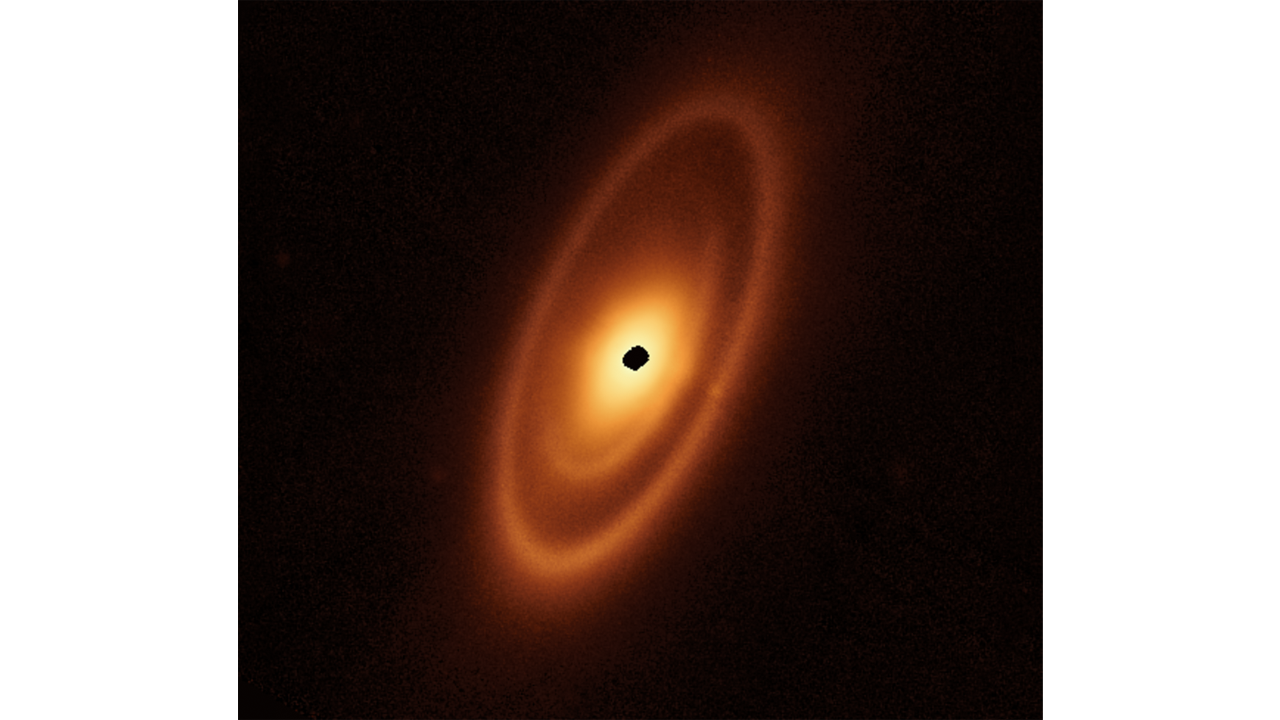
Fomalhaut Dusty Debris Disk
Webb’s Mid-Infrared Instrument captured this image of three nested belts of debris surrounding the young star Fomalhaut that are thought to be created by the gravitational forces from hidden planets. Although sharp images of the outermost belt were taken previously, this image exhibits the interior structure of the belt and also displays the inner belts for the first time.

Arp 220
In the Serpens constellation, 250 million light-years away, two spiral galaxies are in the process of converging. These galaxies are also known as Arp 220, the 220th object in Halton Arp’s “Atlas of Peculiar Galaxies.” The galaxies started colliding around 700 million years ago and have resulted in about 200 large clusters of stars and the equivalent of all the gas in the Milky Way galaxy, packed into a small region about 5,000 light-years across. Arp 220 has a luminosity of over a trillion suns.
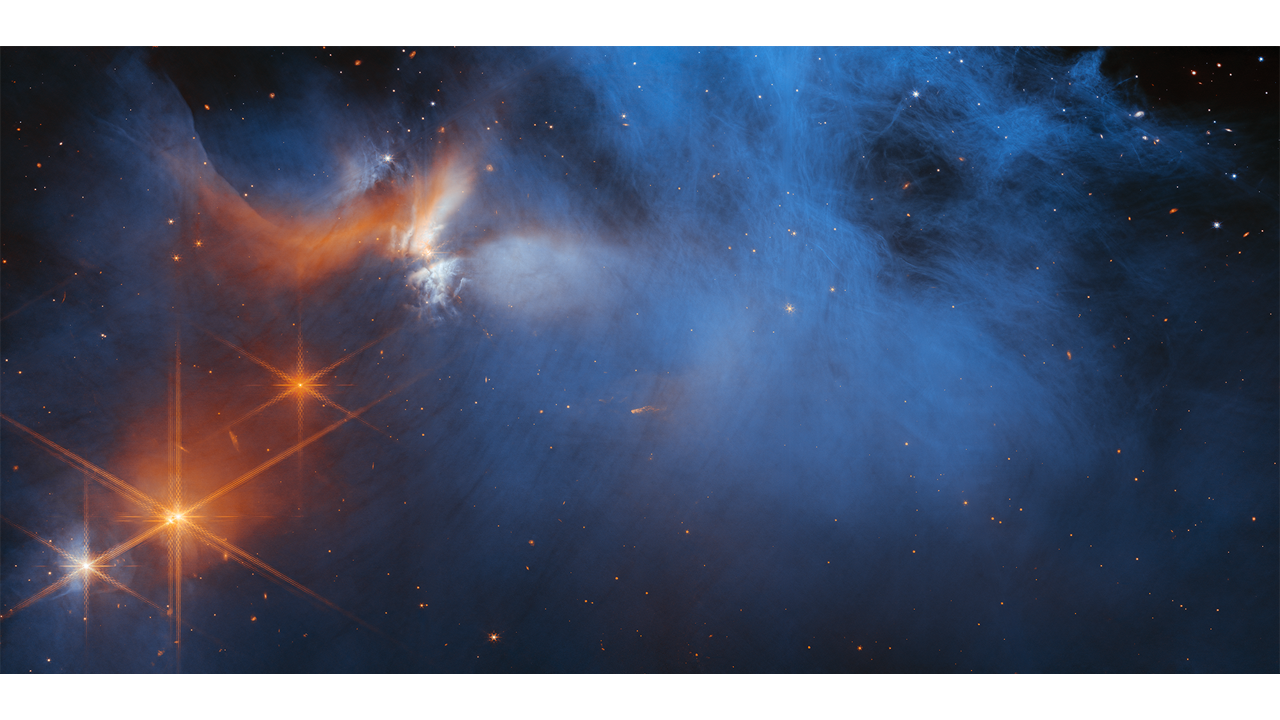
Chamaeleon I Molecular Cloud
This NIRCam image details the central area of the Chamaeleon I dark molecular cloud, located just 650 light-years away. The orange material in the upper left denotes the young protostar Ced 110 IRS 4, which illuminates the cold blue cloud material in the center of the image. Diverse ices can be detected in the cloud as the ices absorb light from the stars in the background.
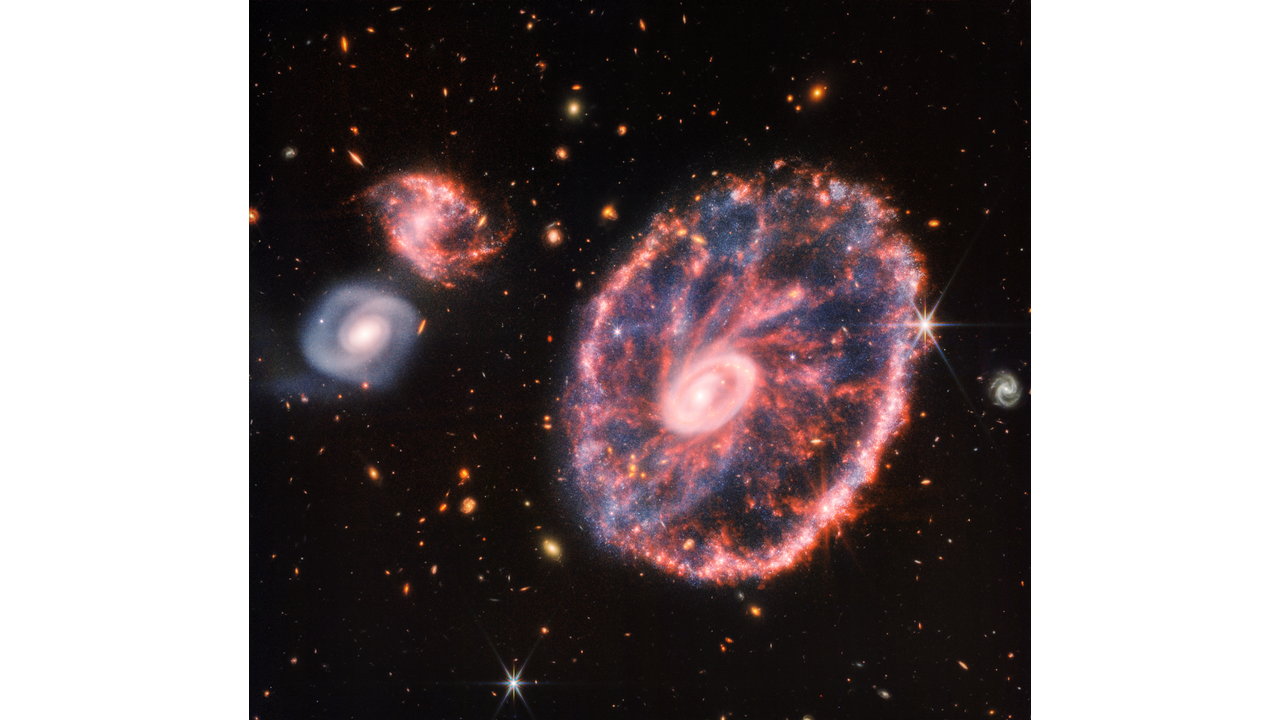
Cartwheel Galaxy
This composite image of the Cartwheel Galaxy from NIRCam and MIRI shows the results of a high-speed collision that caused the formation of the galaxy about 400 million years ago. The bright red streaks between the inner and outer rings of the galaxy are caused by glowing dust that is rich in hydrocarbons. Among the red dust are blue dots, which indicate previously existing stars and new star formation.
NASA's James Webb Space Telescope is the largest optical telescope in space, primarily detecting infrared radiation emitted by planets, stars, galaxies and nebulae to capture high-definition images of these faraway objects. The telescope was launched at the end of 2021 as the "successor" to NASA's Hubble Telescope, which primarily studied optical and ultraviolet wavelengths, though it had some infrared capability. Webb continues to gather images and data to aid scientific research in better understanding how the universe initially formed, as well as how astronomical objects change over time and interact with each other.